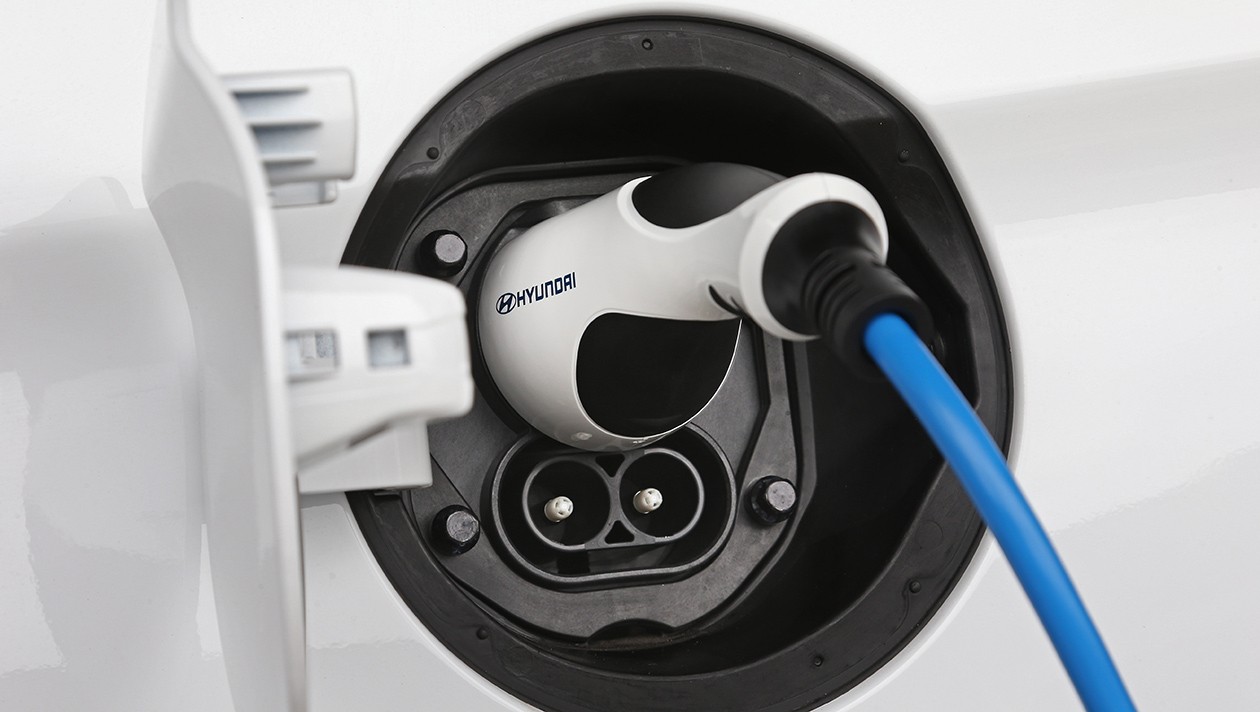After the fuel price calculator and the tariff calculators for electricity and gas, the energy regulatory authority E-Control has now also launched a comparison calculator for public e-charging points. This should show the cheapest charging tariff for the respective electric car, depending on personal usage behavior.
The calculator currently compares 24 tariffs from 14 providers. The charging tariff calculator shows how many charging stations throughout Austria the respective charging card is valid and what the approximate costs are per 100 kilometers. Some of these are far apart. In the cheapest offer, assuming a consumption of 15 kWh per 100 kilometers, these amount to 5.5 euros, while in the most expensive tariff it is over 16 euros. Tariff jungle However, the price is usually not the only criterion for choosing the charging card. Some providers are only available in individual federal states or only in certain regions, the charging speeds also vary and not all of them offer billing based on kilowatt hours (kWh). Fast charging with direct current (DC) along motorways is the most expensive; prices here start at 0.50 to 0.60 cents per kWh. For slower charging with alternating current (AC), prices start at 0.325 cents per kWh. The operators that offer charging stations across Austria include Kelag, ÖAMTC, vkw vlotte, da emobil and Smatrics. But if you look at the details of the tariffs, you can see how big the jungle of tariffs is. In some cases there are “partner tariffs” that deviate from the tariff, as well as blocking fees, activation costs and basic fees. “Barriers” for e-mobility The problem of the tariff jungle is well known in politics. “There are obstacles that prevent e-mobility from taking off even further,” said Transport Minister Leonore Gewessler at the presentation. E-Control board member Urbantschitsch said that the public sector was ensuring transparency with the comparison calculator. Which provider is the best depends on where and how quickly you charge and where you are traveling. Further improvements in prospectUrbantschitsch announced that in the next few months the tariff calculator will be linked to the charging point directory, which E-Control also maintains and use real-time data from providers to show whether a charging station is currently free or occupied. In general, slow charging at home or at work is usually cheaper than at charging stations on the go. But Gewessler said the cheapest option is to use electricity from your own photovoltaic system. More electric cars than diesel cars are newly registered. New registrations of electric cars have recently risen sharply, while new registrations of combustion engines have declined. In October, more purely battery-electric cars were newly registered than diesel cars for the third month in a row. Gewessler announced that the e-car subsidies for private individuals will be continued in 2024. A total of 342 million euros would be available for the various funding channels next year. In addition to electric cars, wallboxes, i.e. charging options at home, but also folding and cargo bikes are supported with subsidies.
source site-13
